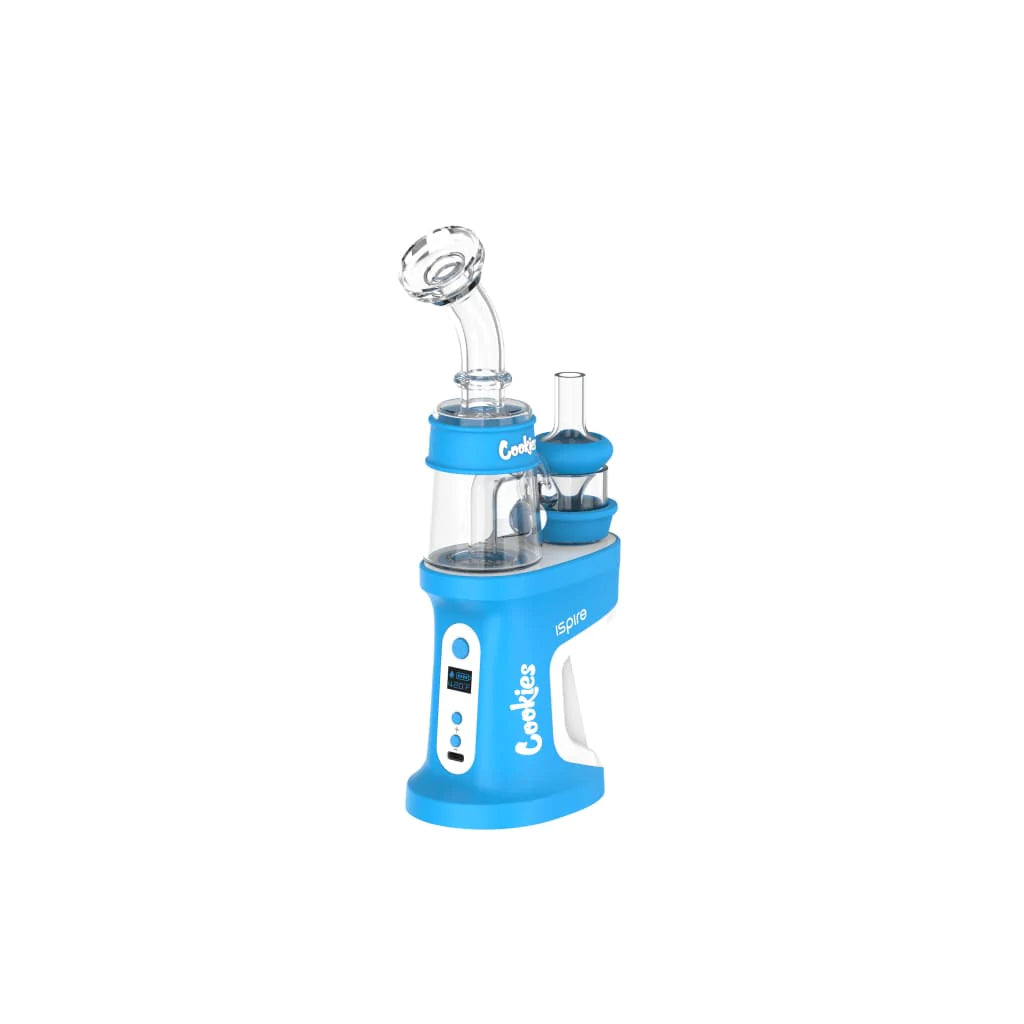From Stigma to Solution: The Evolution of Medical Marijuana
The power of science and research can be seen in the evolution of medical cannabis. Like many other things a stigma was attached to it as well, which is now converted into a solution. Initially, its consumption was banned by law due to its association with drug use, but with the help of advanced research, society has realized its importance in the medical field. In this blog, we will explore the concept of medical cannabis, its usage for treating certain medical conditions, risks and side effects, the stigma attached to it, and lastly, challenges and future directions.
What is Medical Marijuana?
Marijuana is a cannabis plant that comprises certain chemicals that are useful for easing the symptoms of some conditions. THC and CBD are the chemicals found in marijuana. These chemicals act as pain relievers with a side effect of making them high. These stimulate appetite and possess anti-nausea symptoms as well. The federal law of the US does not allow any consumption or derivation from the cannabis plant. Even though some of the state laws cannot be considered and, in such case, people can be arrested in case of consumption of marijuana.
Treatment of Medical Conditions
Medical marijuana can be extracted from various sources, and the most effective method is to smoke the dried flowers of the cannabis plant. The vaporization process reduces the intensity of the harmfulness of smoking. The plant can also be used in cooking and can be consumed in the form of brownies, candies, cookies, and teas. A more controlled dosage can be given with the help of tinctures or oils. It can be used in cooking or consumed orally. These methods can be used to treat a wide variety of medical conditions mentioned below:
- Glaucoma
- Parkinson’s disease
- Chronic pain
- Cancer-related symptoms (pain, nausea, appetite loss)
- Post-traumatic stress disorder (PTSD)
- Alzheimer’s disease
- Anxiety disorders
- Multiple sclerosis (MS)
- Epilepsy and seizure disorders
- Crohn’s disease
- HIV/AIDS
Risks and Side Effects
Marijuana is a drug that can be used as treatment, but it comes with its disadvantages. The risks are entirely dependent on the form of consumption. If anyone is consuming it through smoking, then that person might face some respiratory issues in the future. It can also increase heart rate which can become a challenge to be controlled in a timely manner.
It also comprises cognitive functions, making the person unable to concentrate and make decisions. It has such a soothing effect that giving up on it becomes a challenge. However, it does not carry high physical dependence as compared to other drugs but is difficult to quit. Some other side effects include a dry mouth, also known as be cottonmouth, red eyes, dizziness, increased appetite, disturbed sleep patterns, and impairment of psychomotor skills.
Stigma Surrounding Marijuana and Scientific Discoveries
The word “drug” carries such baggage that people cannot think of anything positive afterward. Every aspect of life has pros and cons, and medical marijuana is no different. Misinformation and lack of interest have hindered research into this phenomenon. People still consider it a dangerous drug that has no medical value and can never be a useful source for treatment.
In passing years, the evolution of every field has made researchers dig into the concept of marijuana to find out the positive aspects attached to it. Numerous researchers have conducted scientific experiments to reveal that cannabis carries therapeutic value in the field of medicine with minimal side effects. Scientific research has broken all the stereotypes and has also forced the authorities to investigate the legislative decisions attached to it. Research work such as this has served as a catalyst for the community and authorities to embrace marijuana rather than stigmatize it. After all this effort, many jurisdictions can be seen enacting their law to legalize the consumption.
Challenges and Future Directions
Although a lot of research has been conducted to explore the advantages of the therapeutic side of medical marijuana, there is still a need for in-depth experiments to explore more about the plant. People face financial limitations from the state to research marijuana, which should be avoided, and quotes should be fixed to motivate them to work for the betterment of society. Due to a lack of standardized testing being conducted, the quality of marijuana cannot be maintained, which loses people’s faith in the medicine. It can be an added risk to the patient who is already suffering from the worst in their life.
Moreover, there is a need for excessive awareness of the benefits associated with the drug. All the stakeholders, including manufacturers, pharmacists, health care providers, and the public, should work on spreading awareness through campaigns, consultation sessions, and word of mouth as well. It is not a one-time effort; rather, there should be some continuous projects to spread awareness, and the government must run affordability programs for those in dire need of this product. Laws should be enforced for their inappropriate consumption so that it can be beneficial only for the medical field.
Conclusion
The evolution of medical cannabis from stigma to solution is proof of the power of science, advocacy, and societal change. While medical cannabis can offer therapeutic benefits for various medical conditions, patients need to be aware of the potential risks and side effects associated with its use. Working closely with a healthcare provider can help mitigate these risks and ensure safe and effective treatment. As we continue to navigate this evolving landscape, it is essential to prioritize patient access, safety, and scientific integrity. By working together, we can ensure that it fulfills its promise as a source of healing and hope for those in need along with the fact that it is not accessible for everyone in society.





